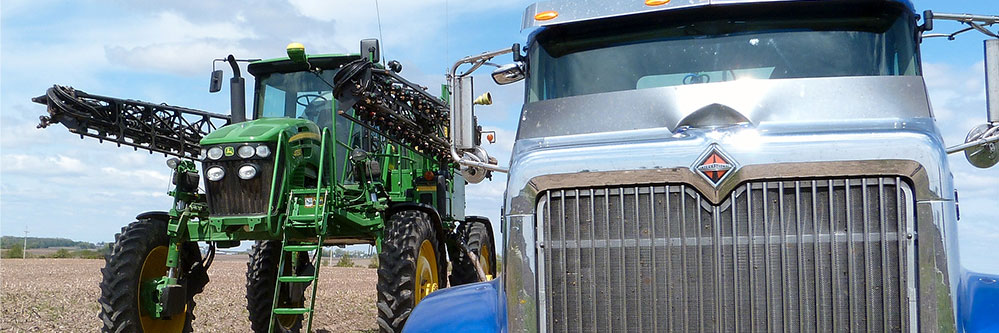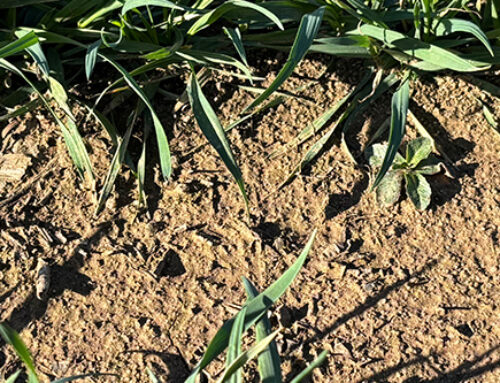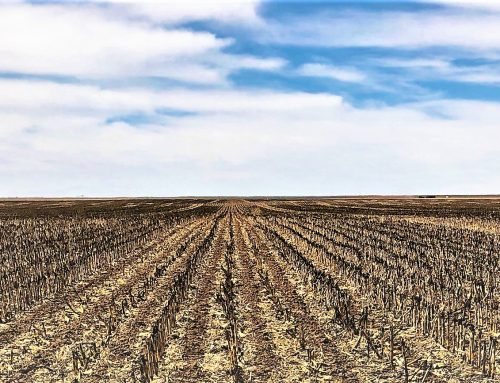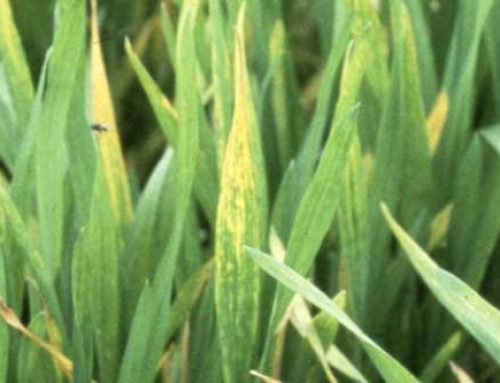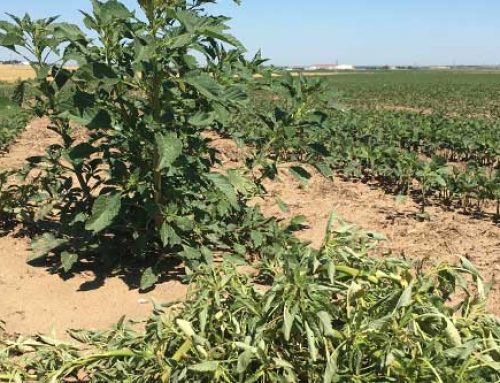Producers struggle with a few troublesome perennial weeds, such as johnsongrass and bindweed. These weeds typically emerge in the same spots year after year due to their resilient root systems or rhizomes. Some herbicides are reasonably effective on these weeds during the growing season. But typically, these weeds are tough to completely eradicate from a field.
One thing to consider is a post-harvest herbicide treatment. Later in the growing season, perennial plants begin to store food reserves in their roots, rhizomes or tubers for the winter. We can take advantage of that downward flow of nutrients from the leaves to the roots by applying a herbicide that will translocate down to the roots. This can result in a significantly better kill of the entire plant.
When a herbicide is applied to a perennial plant early in the growing season, a good portion of the herbicide will translocate to the above ground growing points. This may kill the vegetative portion of the plant, but not necessarily kill all the roots or the rhizomes.
A late season application allows significantly more herbicide to move toward the below ground portions of the plant. This gives you a much better chance of killing the entire plant. This becomes very noticeable the next season as there is typically a significant reduction in plants that emerge the next year. The same principal can be taken with the dandelions in your lawn. We tend to treat this perennial when we see those yellow flowers in the spring, but the plant rarely dies. Consider a fall treatment in your lawn to reduce next year’s dandelion population.
As long as a treatment can be applied prior to a major killing freeze, consider applying a proper herbicide to your perennial weeds after harvest this year. You will be pleased with what you accomplished next year. Your Crop Quest Agronomist will be glad to help you manage this strategy.
Featured Photo: Flickr.com, Bill Meier, John Deere 4730 Sprayer and Tanker Power
